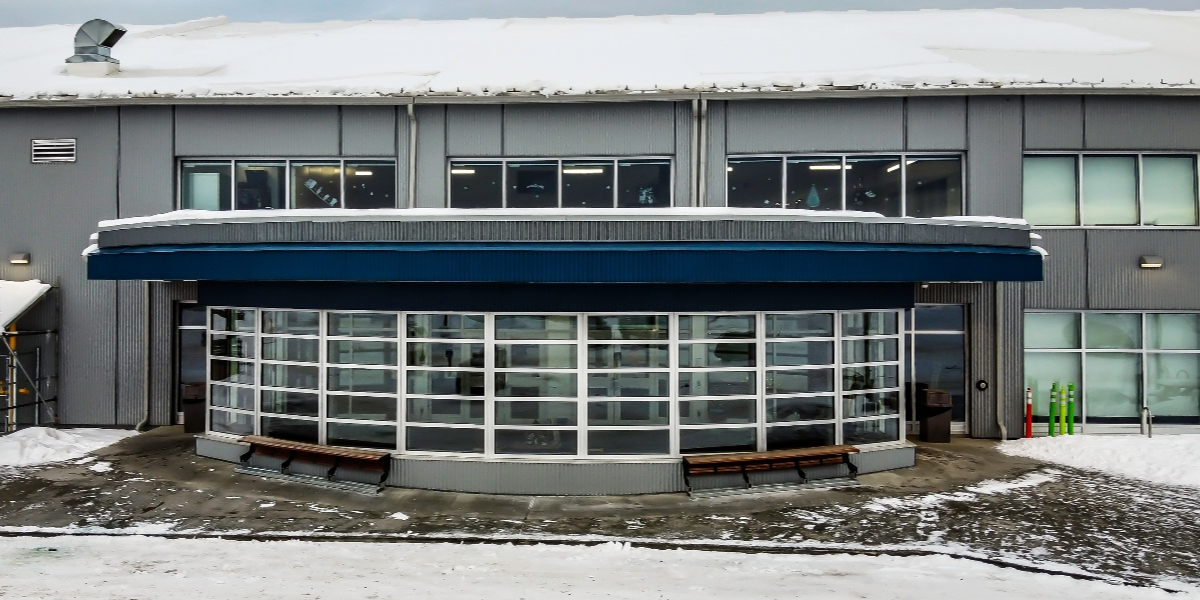How to Start Your Next Athletic Facility

It’s time to start planning your next athletic facility, and there are some things you should consider. We at Legacy have been building a lot of athletic complexes lately and there are a lot more on the books. Often we wish we were in the first meeting to be a part of the initial discussions. Instead, here’s a list of things you should consider when you and your team sit down to plan this out.
Building use
This might seem too obvious, but being clear about what is going to happen inside your athletic facility is an exercise in future prediction. Our customers often find that they understood what athletic activities would be taking place in their structure, only to find that once it’s up, a lot of other groups want to borrow some practice time indoors. Deciding on turf or a hard surface is often the decision which limits the options on what types of events that can be held. It is important to create a clear vision for the types of activities planned for the building both now and in the future. The danger of an athletic building is having too many friends.
Size, peak height, side wall height
Once you have the athletic activities lined up, you will need to think about the height of the peak of the building. Some sports, such as football and soccer, need a lot of peak height. Straight and taller sidewalls often allows you to optimize the usable space as compared to domed alternatives. In many cases, straight walls give you significant added flexibility and usability of the space.
Time to install
If you need to balance fast installation with the long-term performance of the building, then a tension fabric structure may be a good middle ground. Legacy can design a custom building, manufacture all the components and install a building (using our crews) faster than you might guess.
Upkeep
With traditional buildings, ongoing maintenance is a costly part of the equation. Fabric buildings, because of the nature of the fabrics used, are virtually maintenance free. It tends to shed dirt after a rain, and there’s no painting. Our tension fabric structures, inside and out, have our exclusive Exxotec™ fabric that is both tough and bright, so your structure will retain its original appearance for years.
Energy cost
Heat, cooling and ventilation will be part of your ongoing costs, so making smart decisions up front can create compounding savings that add up quickly. Traditional buildings with traditional materials generate traditional energy costs. Reliable yes, but maybe there’s a smarter option. While steel and concrete minimized the performance of the insulation, fabric doesn’t. Legacy has developed a system unique in the fabric building industry where the insulation runs underneath the frames to meet or exceed energy code requirements.
Light
With athletic facilities, it’s not enough to just be well-lit. Many of the athletic activities you are bringing indoors are typically played outside, so the expectations are for lighting that emulates full sunlight. Consequently, you need to have it bright. Moreover, you don’t want dark spots that can interfere with line of sight. Having enough light is a big up-front expense and an ongoing one. With an insulated tension fabric structure, a white liner is part of the building. This serves two purposes: providing the air tight vapor barrier for the building and creating a very bright, smooth inner surface that amplifies existing lights. At Legacy, we get comments from most of our athletic complexes about how bright the interior is once the building is in place. We explain the brightness in advance, but often clients have to see it to believe it.
Acoustics
Being able to see the ball is important, but being able to hear the coach is a close second for an athlete. The acoustics for traditional materials like steel can be very distracting. Fabric buildings have a very different acoustic profile. You can hear the coach and your teammates without yelling. This is another one of the elements of a fabric interior that our customers need to experience in person. You can’t explain it fully.
What’s Hanging?
With buildings made of traditional materials, being able to support structures from the roof is usually a given. With some fabric buildings—in particular hoop structures and air-supported facilities—there isn’t enough support built into the structure to hang anything from the ceiling. The new breed of tension fabric structures from Legacy, however, have rigid steel frames that can be engineered to support all kinds of equipment—goal posts, mezzanines, lighting, speakers, nets and more.
Planning and building a new sports complex is exciting. You should do it with your eyes wide open, understanding all the options available. For more information about fabric structures and sports complexes, we have a webinar next week on the topic. April 15, 12 p.m. (CT)
Subscribe to our Blog
Recent Posts
- 5 Factors Every Project Owner Should Consider Before Approving Building Materials
- The 20-Year View: How Material Choices Impact Long-Term Operational Costs
- Climate Resilience in Commercial Construction: Why Traditional Methods May Not Be Enough
- Speed and Quality: The Role of Hybrid Building Materials
- Beyond the Bleachers: Designing Visually Striking Sports Facilities

